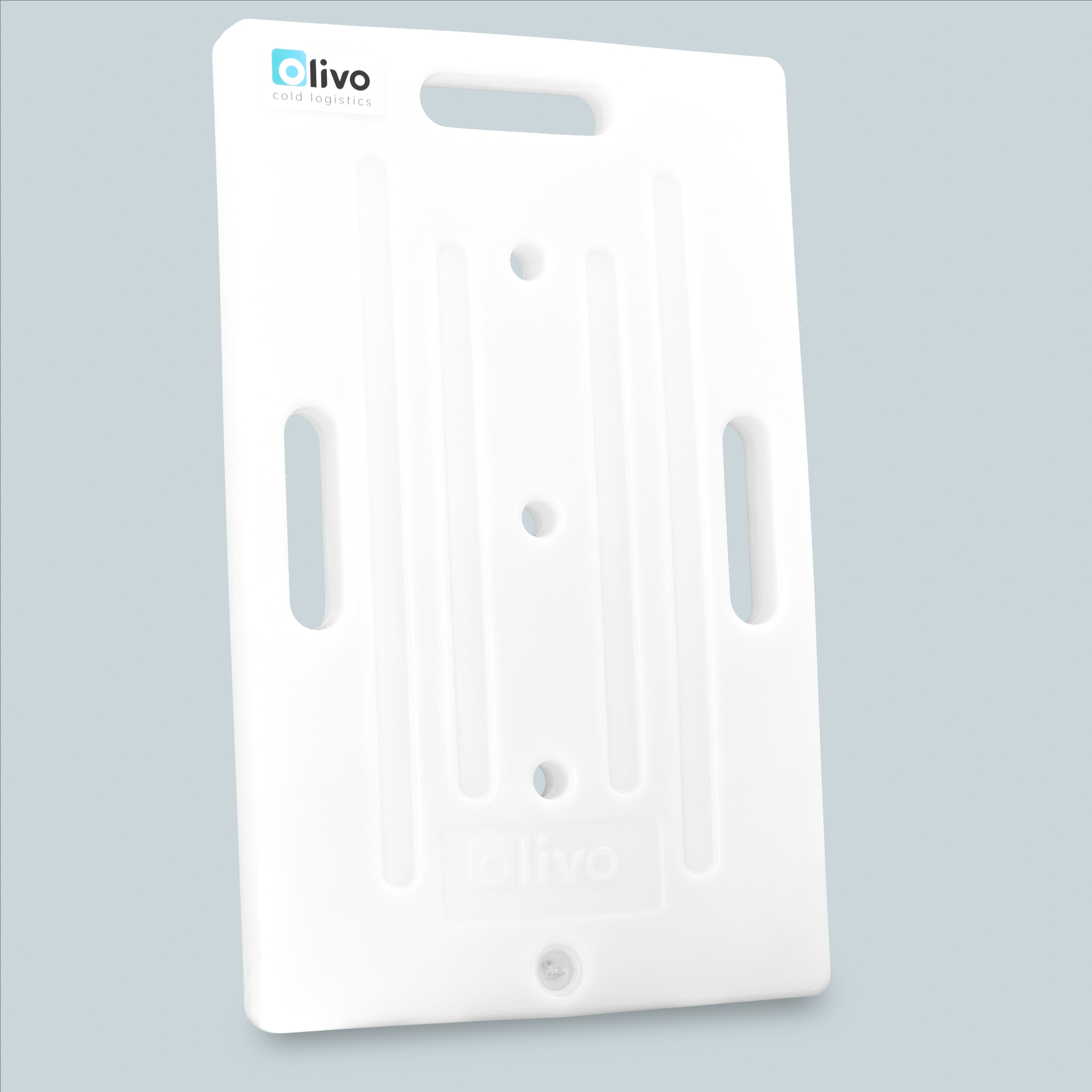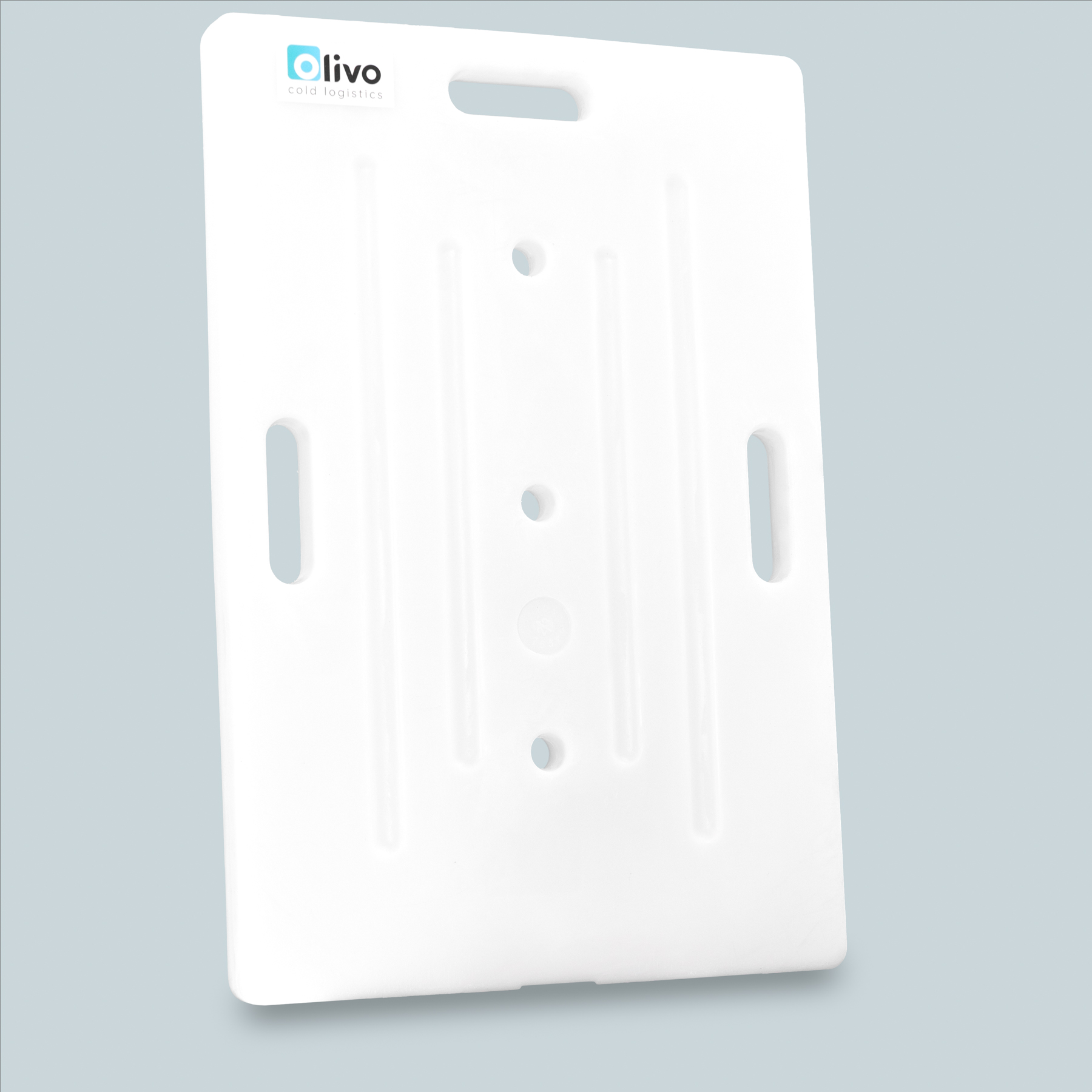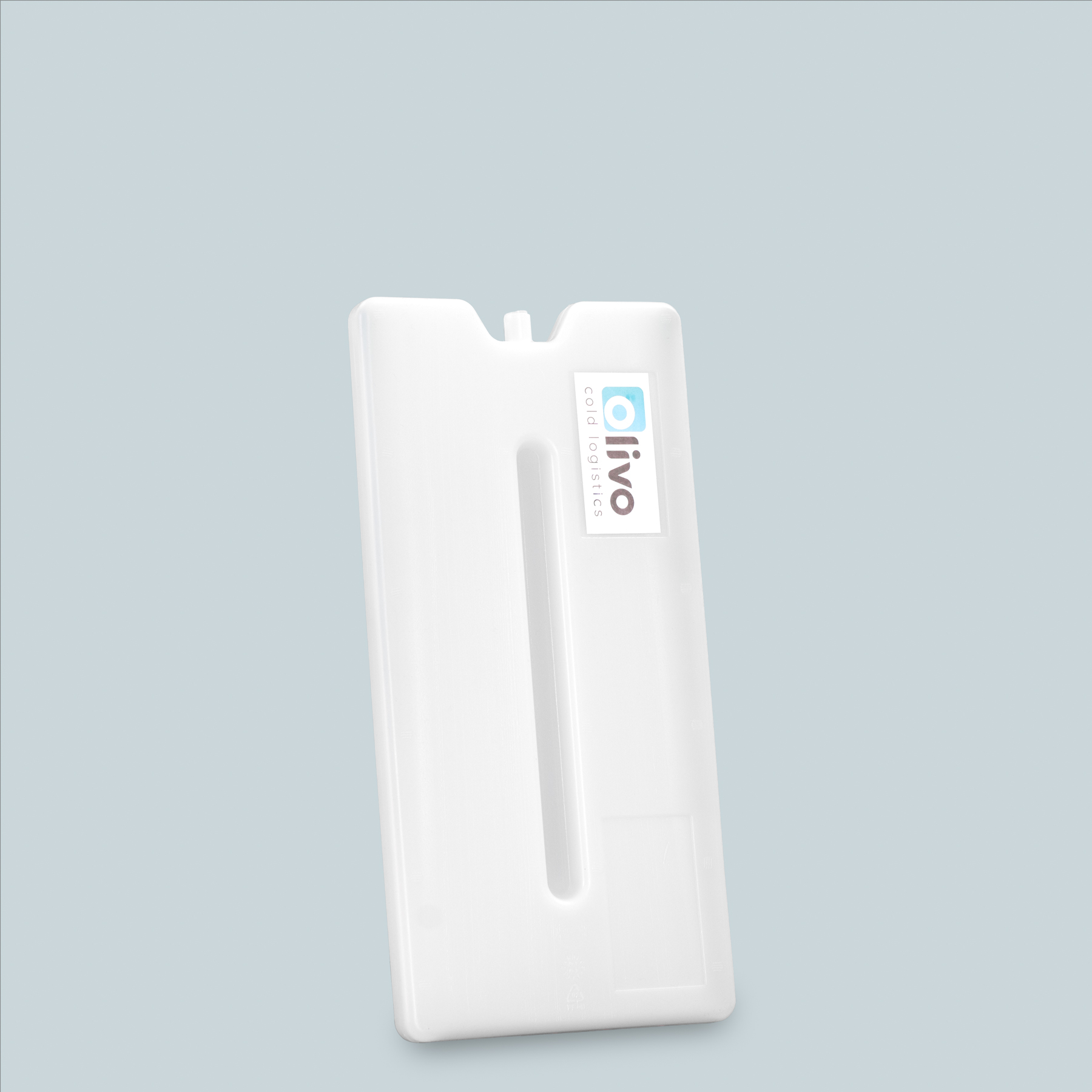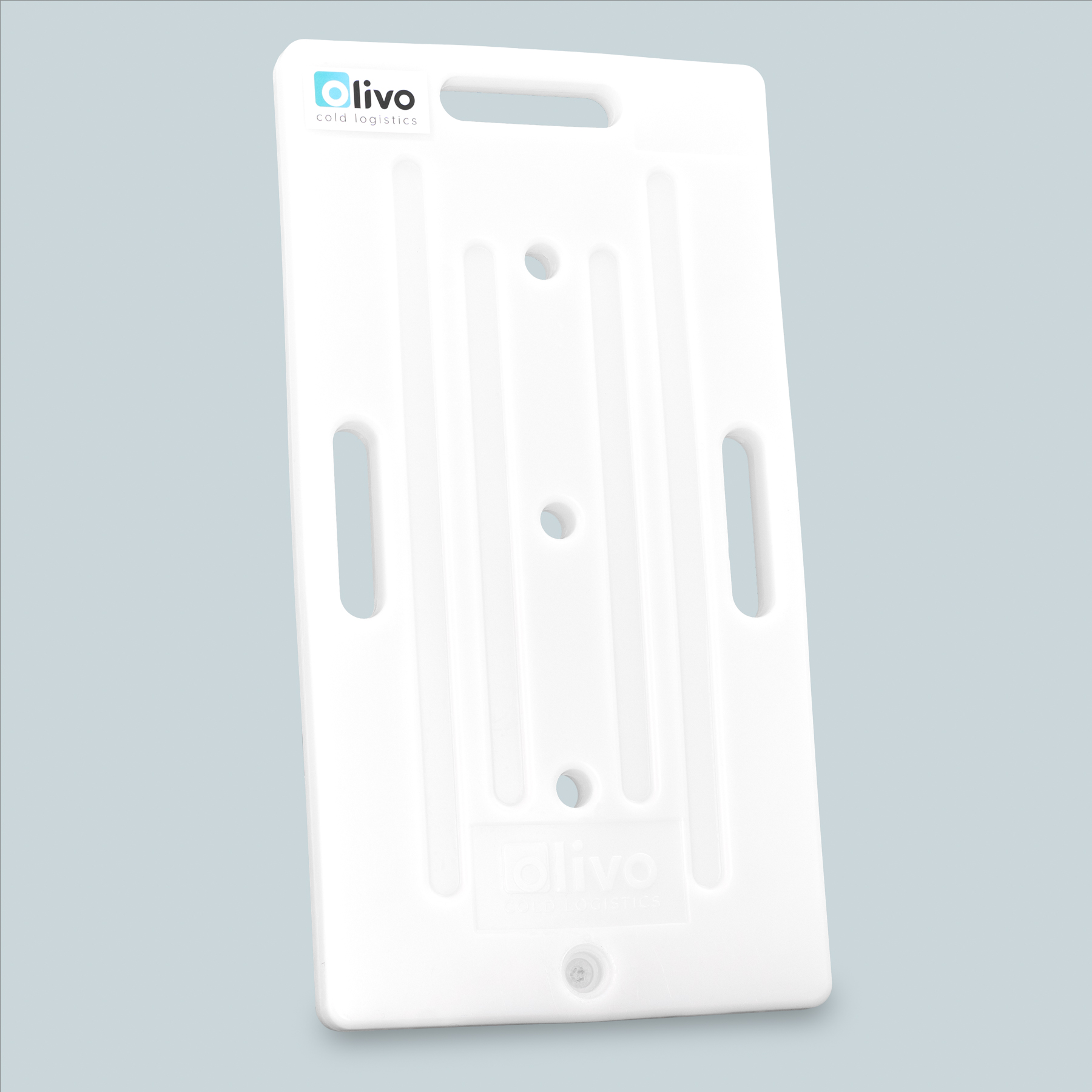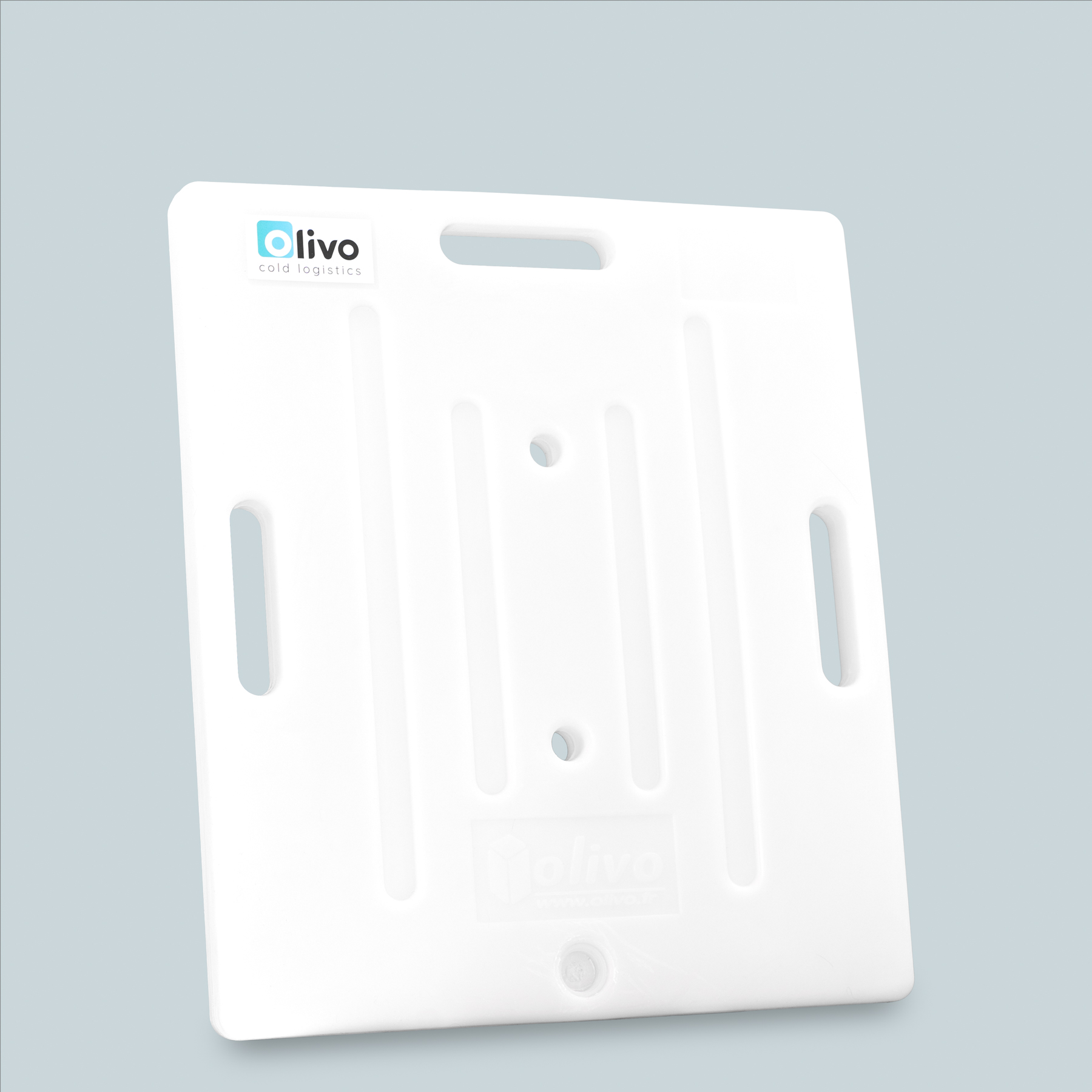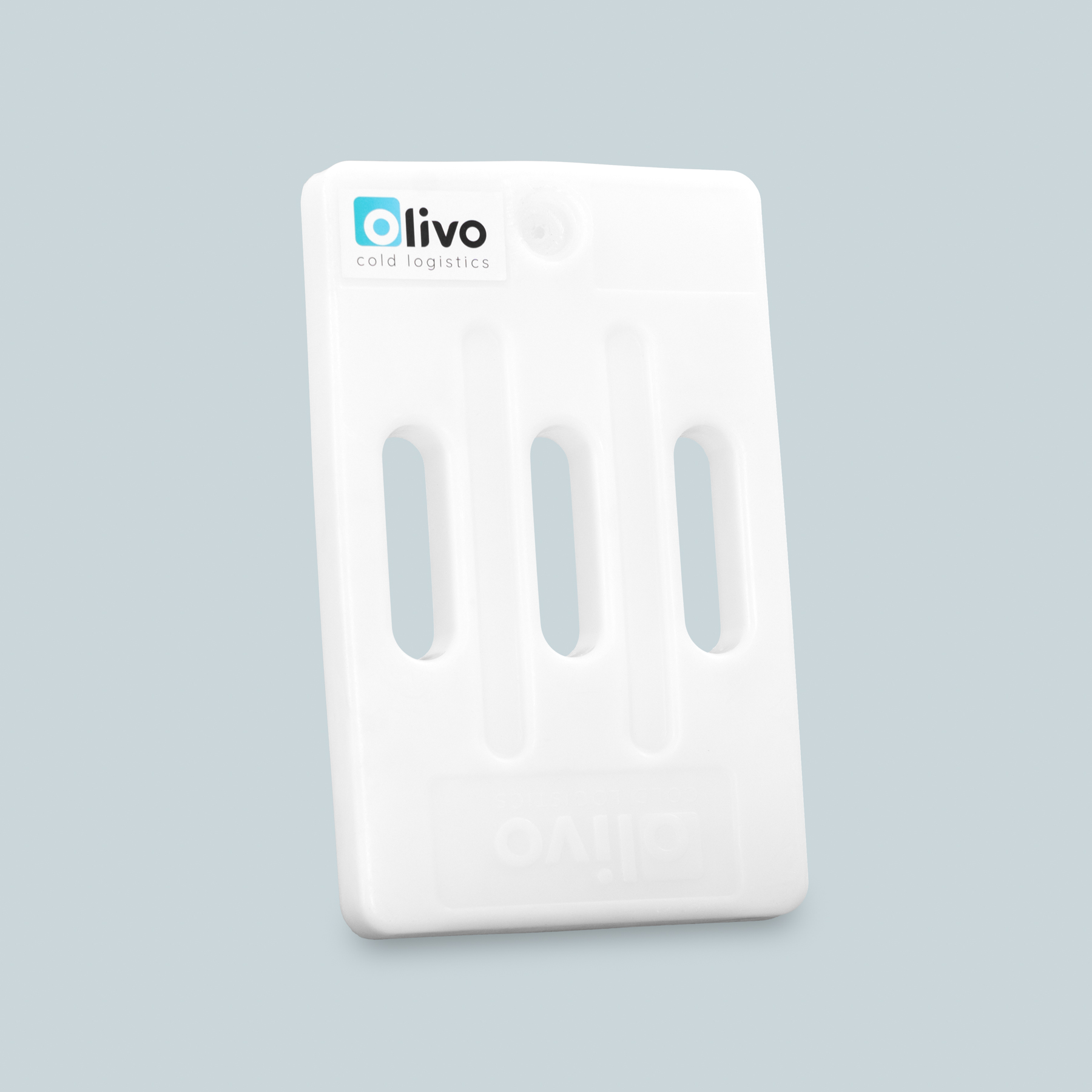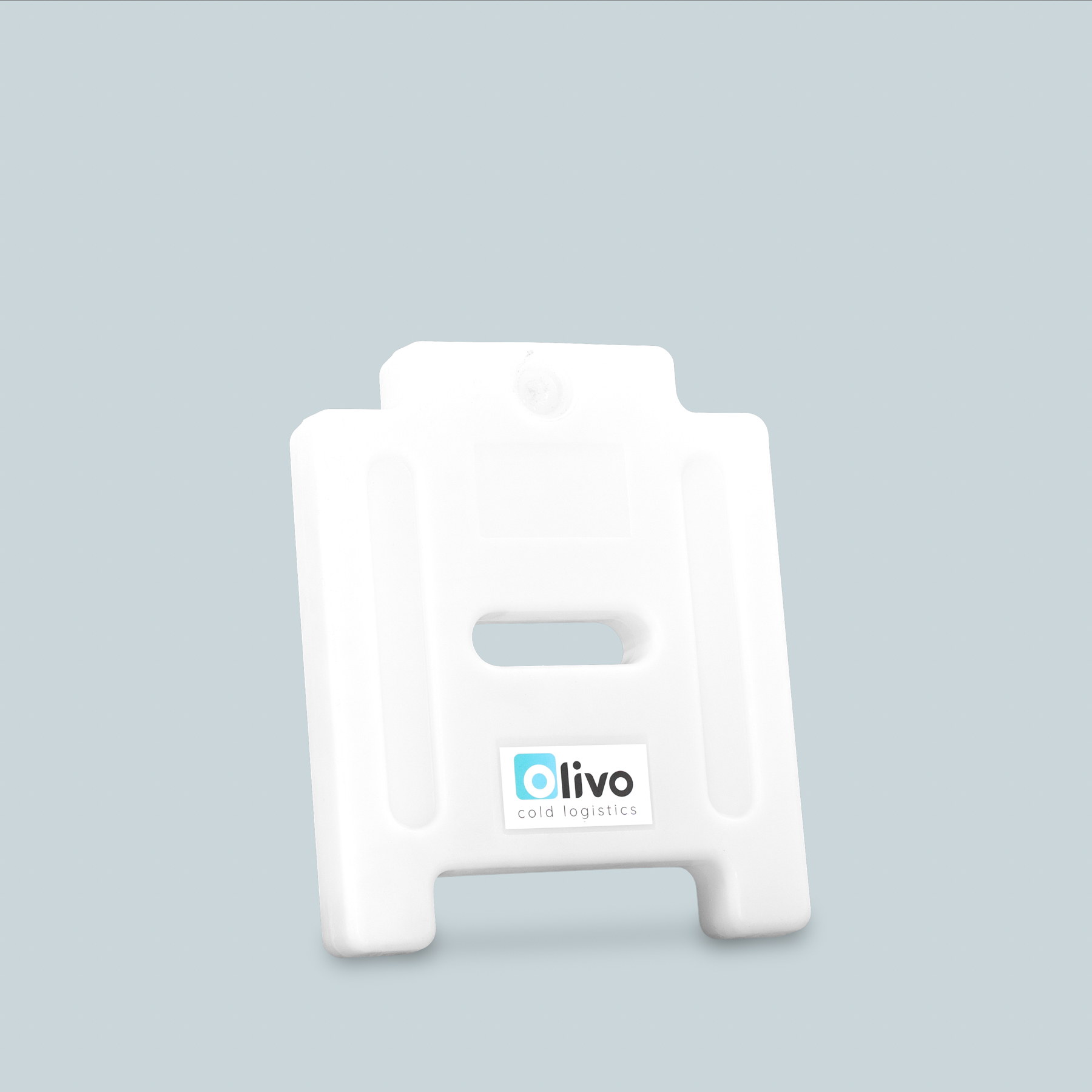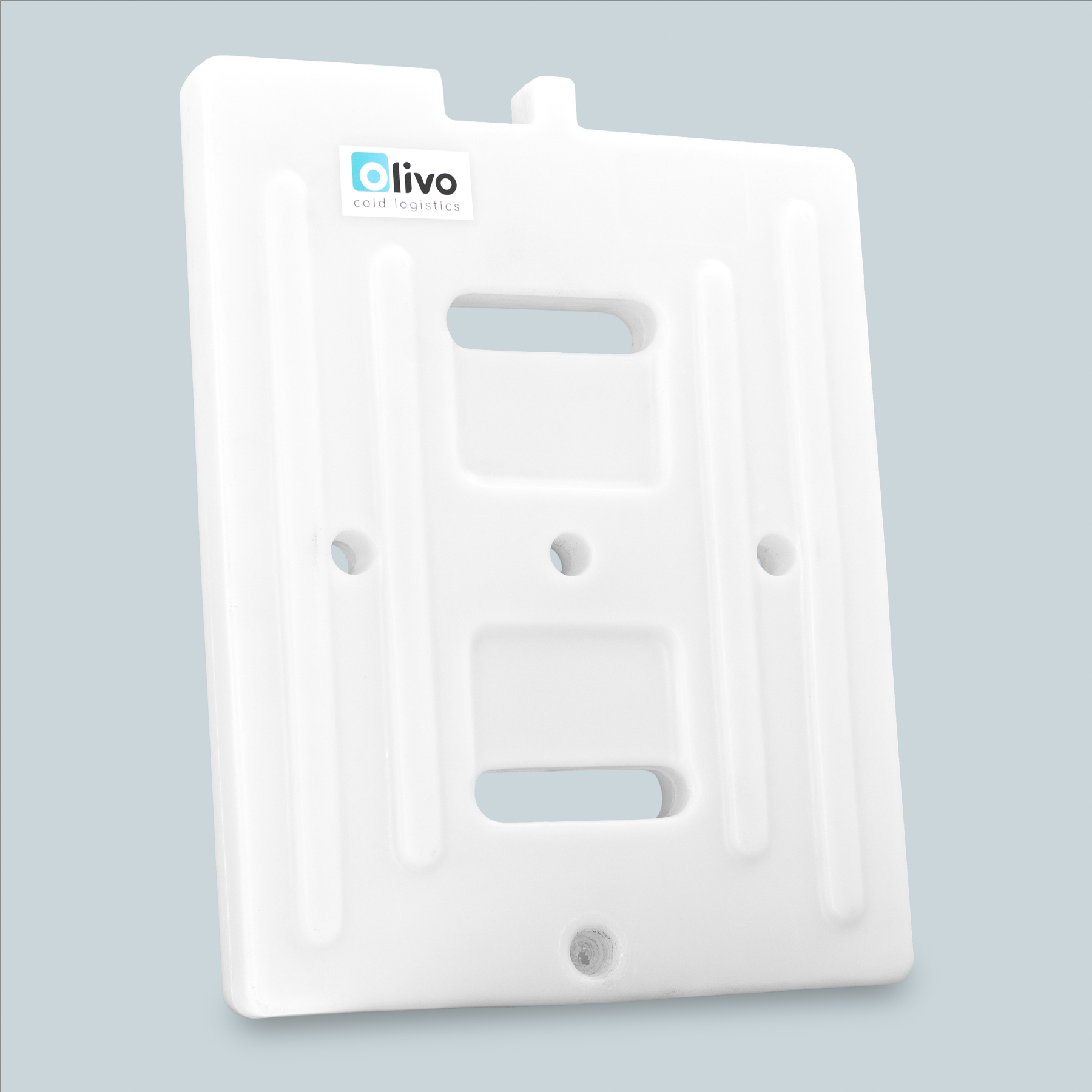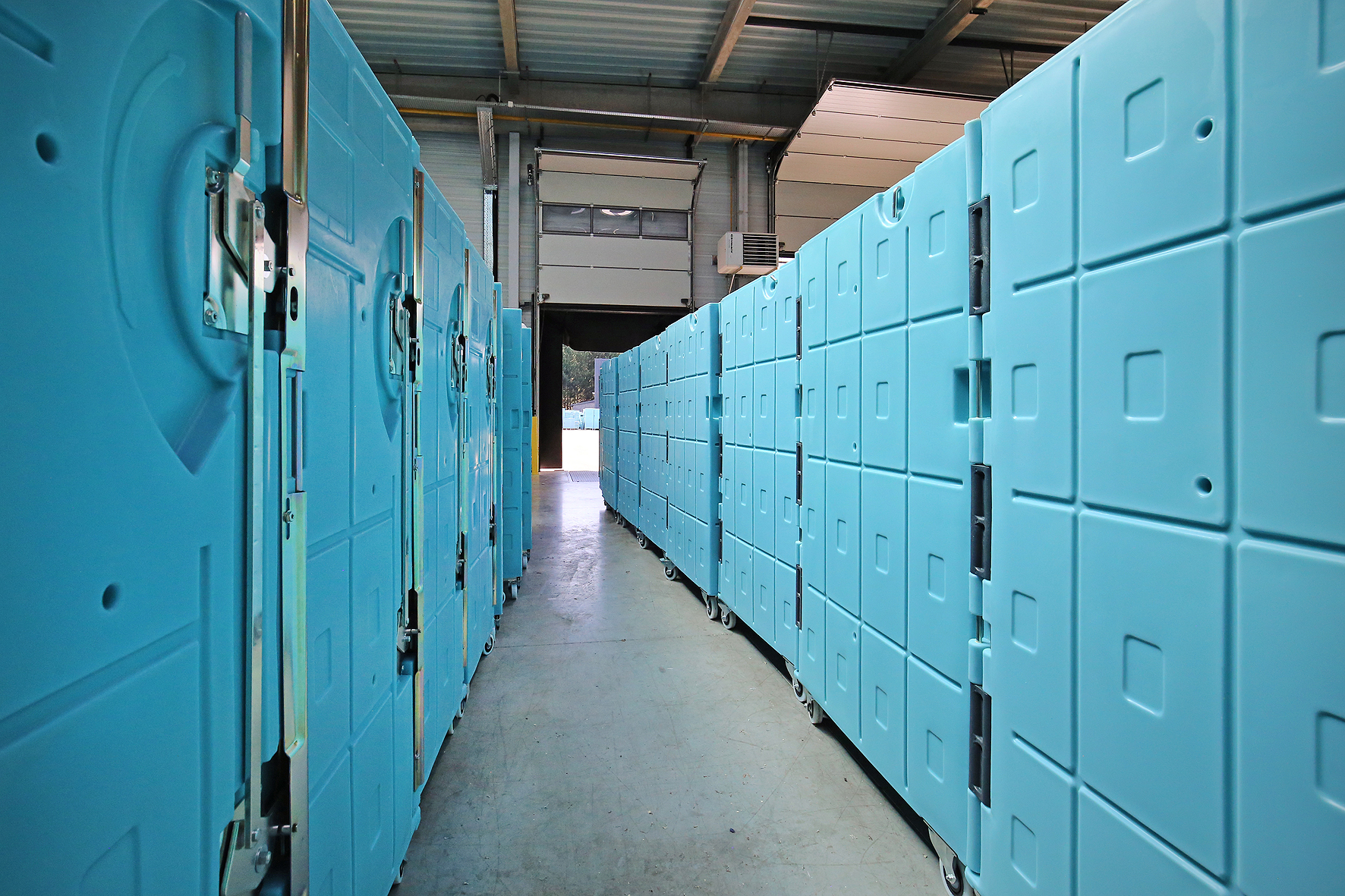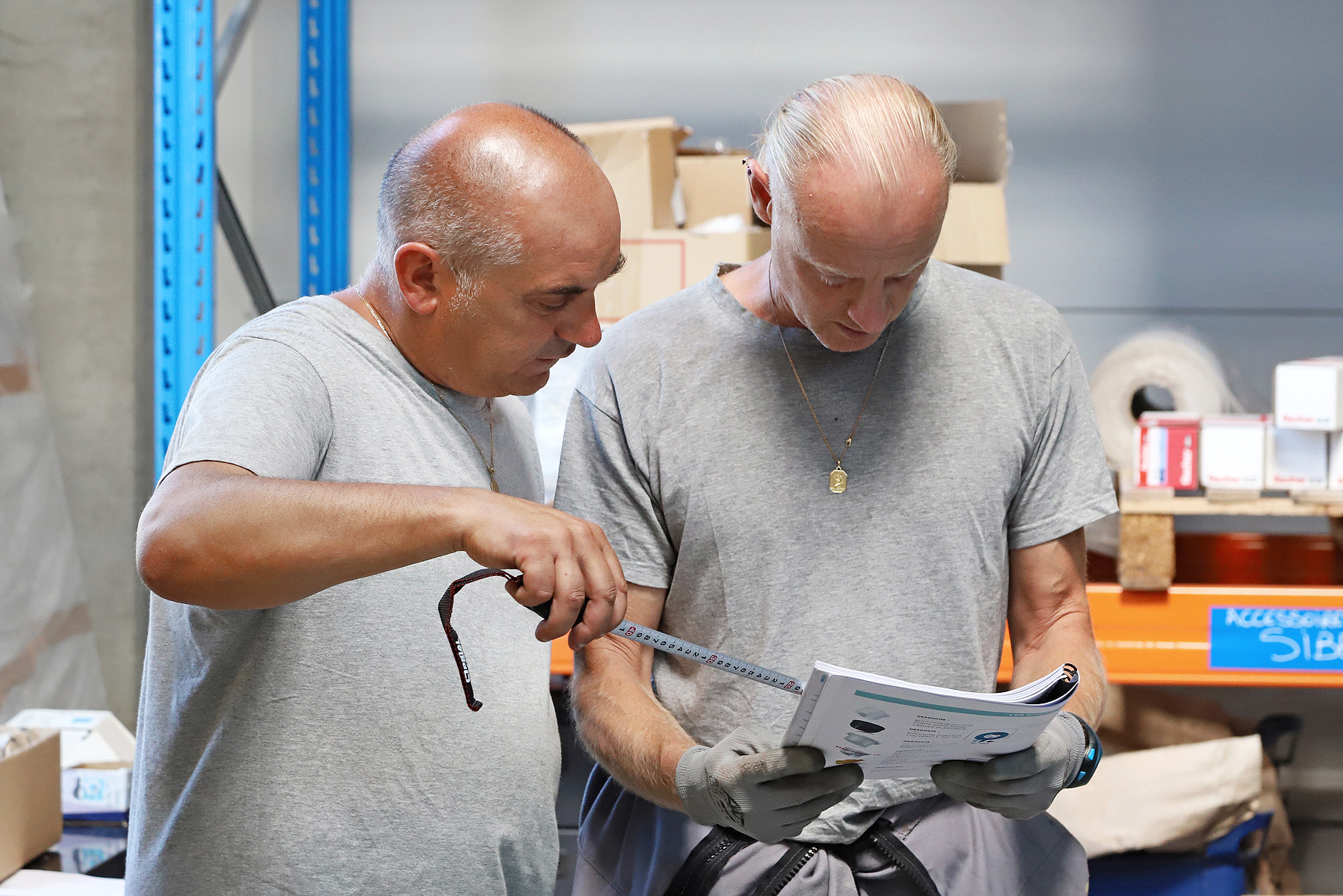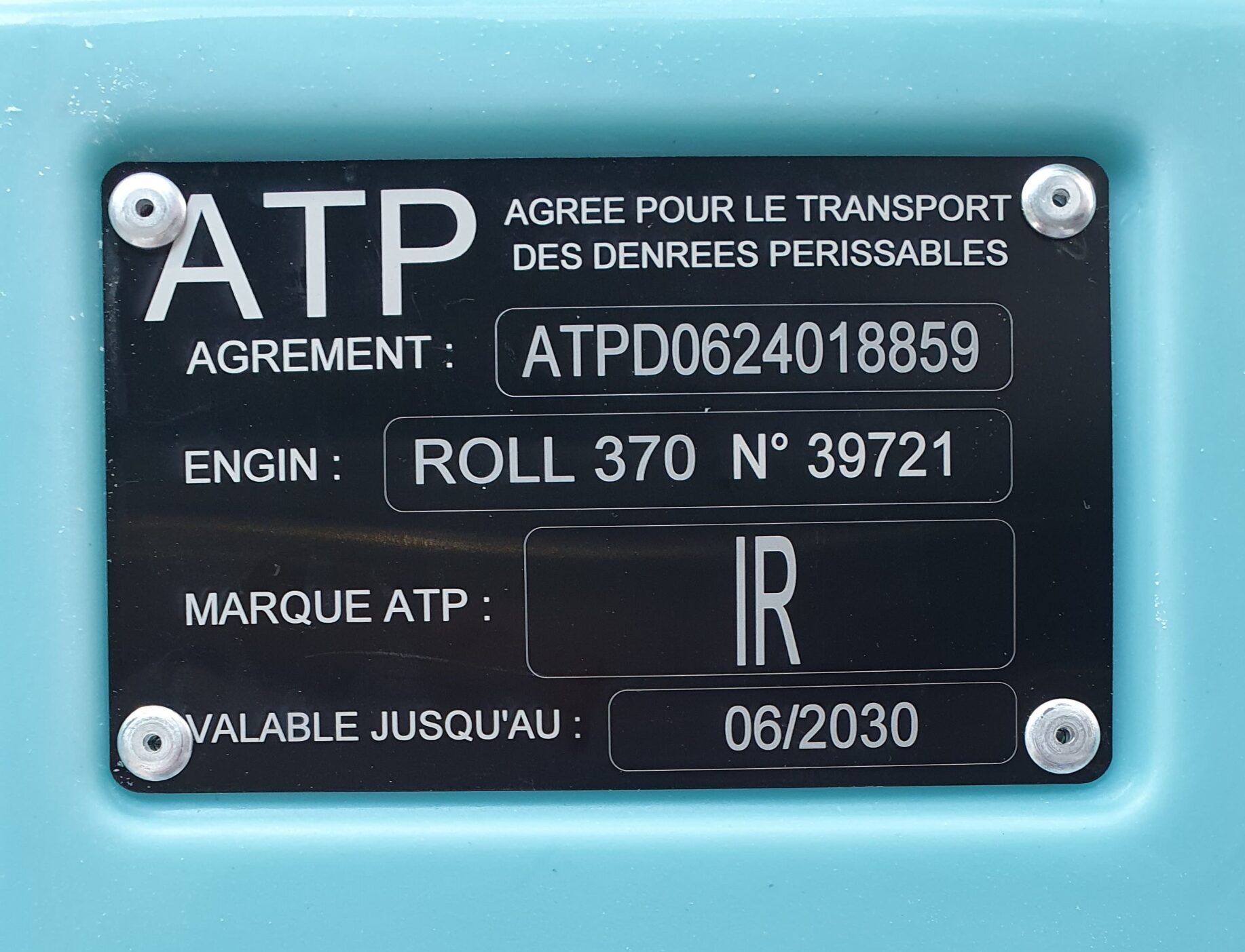Eutectic plateau
What is an Eutectic plateau ?
An eutectic is a mixture of two or more pure substances that melts and solidifies at a constant temperature in a uniform manner. Unlike usual mixtures where temperature changes lead to a variation in the proportion of solid to liquid, an eutectic mixture reaches its melting point uniformly.
An eutectic plateau is a phenomenon that occurs in mixtures of substances. At the eutectic temperature, the mixture reaches its lowest melting point, meaning it melts or solidifies uniformly rather than undergoing a gradual fusion over a range of temperatures.
Our range of Eutectic plate

Importance of eutectic plateaus in cold chain logistics
In the field of cold chain logistics, these plateaus are used to maintain a constant temperature inside refrigerated containers, transport trucks, and warehouses, thus ensuring the preservation of temperature-sensitive products.
These plateaus are typically materials with a very specific and constant melting temperature, known as the eutectic temperature. When placed in a refrigeration system, these materials absorb or release heat as needed, thereby helping to maintain a stable temperature.
Advantages of eutectic plateau
- Temperature Maintenance: Eutectic plateaus prevent temperature fluctuations that could compromise product quality. A study published in the journal Food Control demonstrated that temperature variations can accelerate the deterioration of food products, thereby reducing their shelf life (Source: Food Control, Volume 97, Part 1, January 2019).
- Energy Efficiency: By stabilizing the temperature, eutectic plateaus optimize the energy efficiency of refrigeration systems, reducing operational costs for logistics warehouses.
Eutectic plateau, frequently asked questions
-
Eutectic plates
What is eutectic plate used for ?
The eutectic plate is a device filled with an aqueous, saline solution and a food colouring. It absorbs heat input during transport and provides continuous cooling through the latent heat of fusion of the eutectic solution, which changes from a solid to a liquid state. Better suited to medium-sized logistics operations, the eutectic plate is a simple refrigeration system that maintains the temperature of products for 12 to 24 hours maximum.
-
Eutectic plates
What are the parameters that guarantee the effectiveness of a eutectic plate ?
How effective a eutectic plate is depends on several parameters, namely:
- The capacity of the eutectic solution: the choice of solution is decisive. It must be selected taking account of the temperature range required to maintain products at the target temperature. Each temperature range [+2°C/+4°C, +2°C/+8°C, +15°C/+25°C, etc.] has a specific application;
- The model of plate: the size and shape of the eutectic plate are two decisive factors as they are adapted to specific models of container;
- The container: good thermal insulation prevents the transfer of heat, thereby maximising the performance de the eutectic plate (temperature maintenance time);
- The method of preparation: the eutectic plate must be completely solid when it is used. It is as it liquefies that it releases the cold that keeps the products at the right temperature. For more details, you can download the protocol in the section Using eutectic plates;
-
Eutectic plates
How does a eutectic plate work ?
A eutectic plate is a device designed to store thermal energy, in the form of heat or cold, and then to release it gradually to maintain a specific temperature. It works on the thermodynamic principle of phase change, i.e. the transformation of a solution from liquid to solid state and vice versa.
The eutectic plate absorbs the heat from outside the container while releasing a constant amount of cold. It is by passing from the solid to the liquid state, by the absorption-release phenomenon, that the eutectic plate maintains a constant temperature inside the insulated container.

What is the role of the restitution plateau?
Not all cold accumulators are equal despite having similar melting points and latent heat. The quality of the restitution plateau often distinguishes a professional cold accumulator.
During defrosting, the cold accumulator slowly releases its frigories at a stable temperature, which is the melting point of the eutectic liquid. This is known as the restitution plateau. If you measure the core temperature of an accumulator at -12°C during defrosting, the temperature curve is flat and constant at a fixed temperature of -12°C.
A flat and constant plateau improves temperature quality and the duration of maintenance. This characteristic is difficult to measure, but any good professional should be able to provide you with this information.
Eutectic plateaus are essential for logistics warehouse managers seeking to maintain a stable and constant temperature in their facilities. They help preserve the quality of temperature-sensitive products while optimizing the energy efficiency of refrigeration systems.
Our news in cold logistics
View the blog
Our solutions of insulated containers
Cold sources designed for your containers

